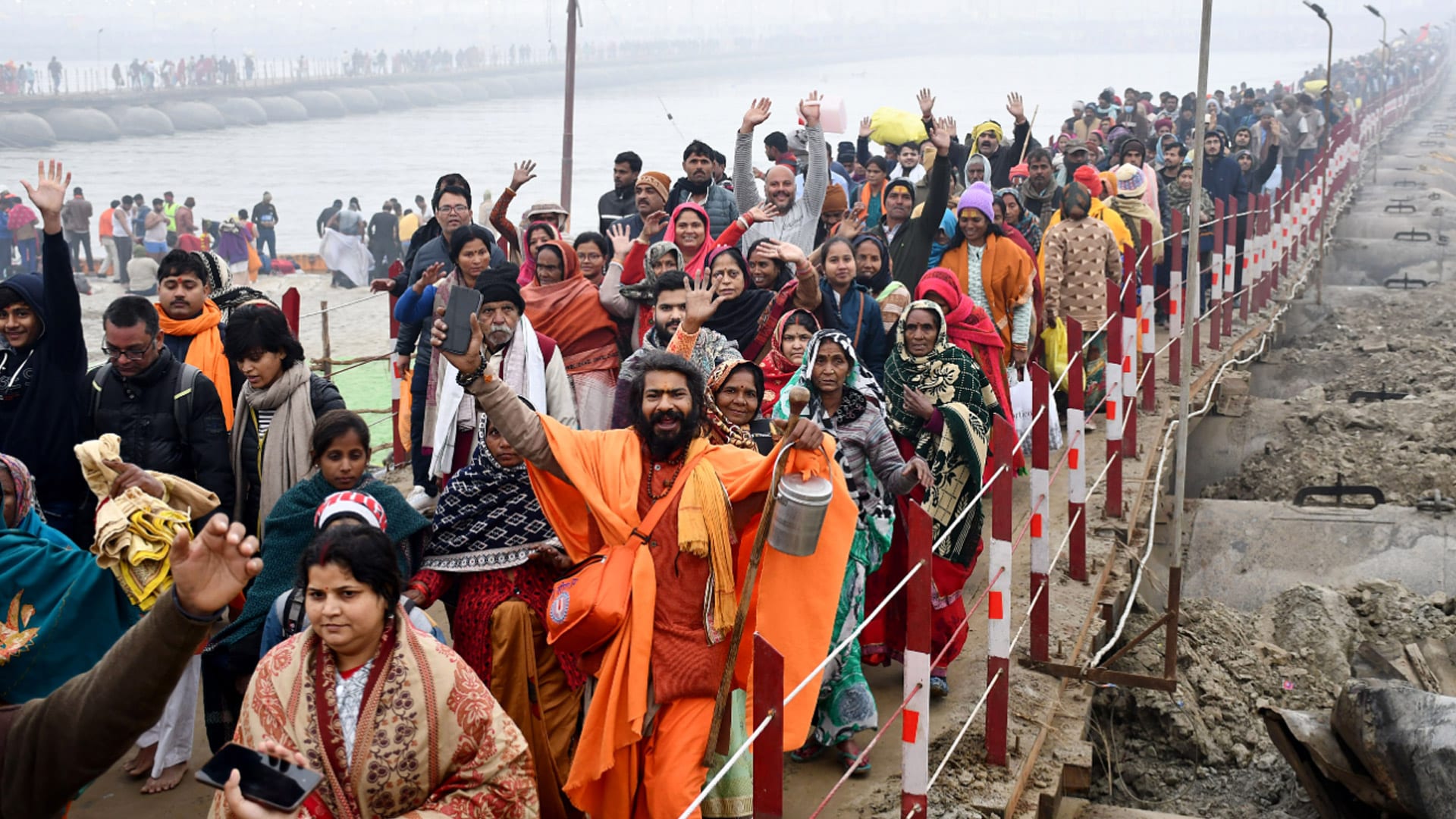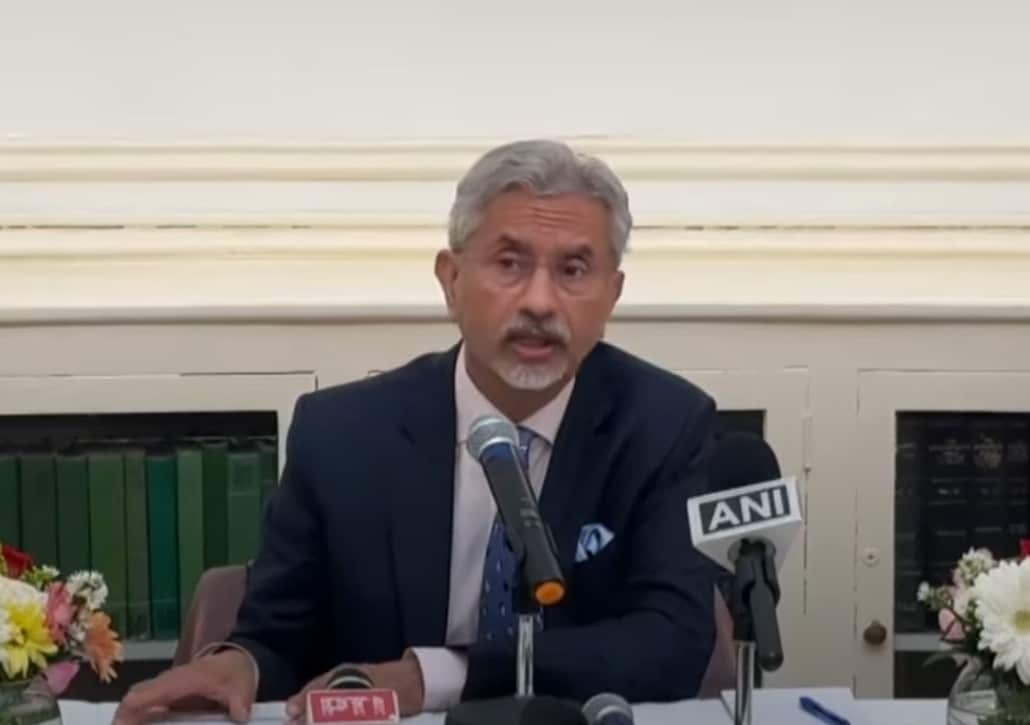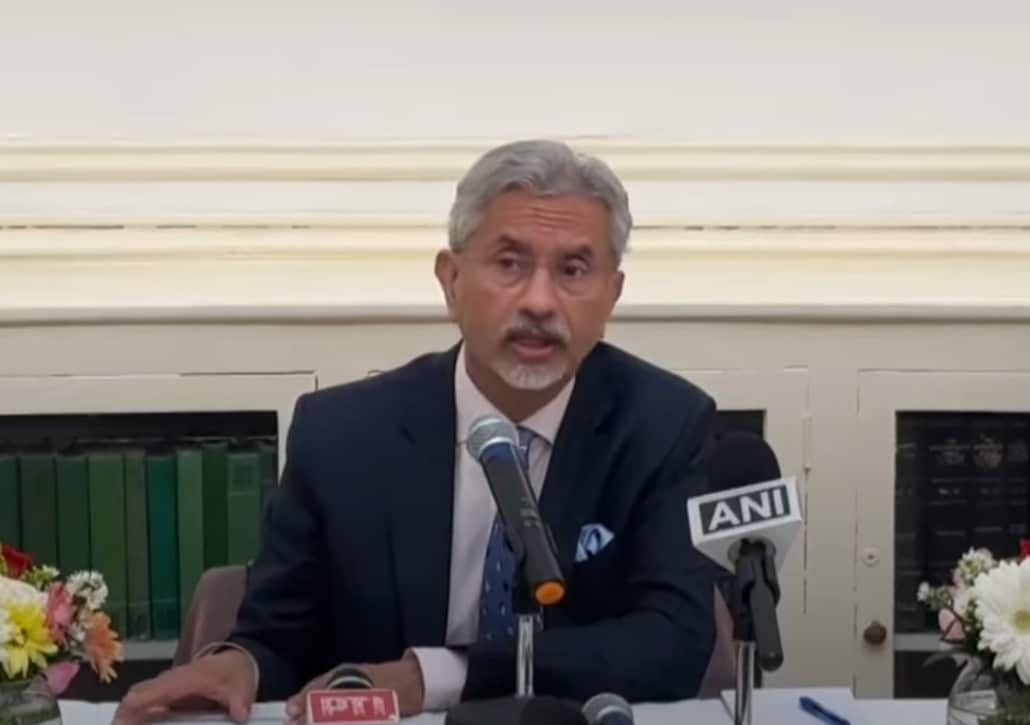After a momentary hesitation, I took a leap of faith and immersed myself in the sacred waters of the Triveni Sangam, a confluence of the Ganga, the Yamuna and the mythical Saraswati, at Prayagraj. I was so thrilled to be one with the sea of humanity which has ebbed and flowed at the Sangam for several millennia that the coldness of water and chilly winds of the winter had no effect on me.
The day was January 13, when celestial bodies made an auspicious alignment to shower blessings on the people of planet Earth in general and those inhabiting the region of Mahakumbh at Prayagraj in particular. In the early morning, the dew that dropped on devotees was interpreted as amrit varsha, the veritable rain of nectar. The next day, January 14, was the first of the most significant days of the Mahakumbh. It is also the day of Makar Sankranti, the great harvest festival celebrated in almost all parts of the country in various forms.
At the Mahakumbh region sprawling over 4,000 hectares and divided into four parts, you will largely find only two kinds of devotees: those who are full of contentment after taking a holy dip at the Sangam, and others who are jostling their way to the sacred point with a face that exhibits intense eagerness and devotion. What is curious is that the eagerness is tampered with a force of spiritualism that enforces a unique discipline.
Those tasked with managing the Mahakumbh often go on tenterhooks. A desperate police inspector was trying his best to regulate the crowd. “Sir, initially it seemed like a stampede which could go out of control, but I had a sigh of relief when the crowd melted away as the day progressed,” a police officer said. Of course, he was attributing it to the presence of divinity that came to his rescue. And he was correct.
If we look at statistics, in a month’s time, a population equal to nearly three-fourths of that of the United States is settled and then uprooted in the Mahakumbh region. This feat is next to impossible in any other setting. The innate discipline of spiritual and cultural India comes into play in its biggest glory at the Mahakumbh. Prime Minister Narendra Modi has often described it as the ‘real India’, which is inherently disciplined.
Those who attend the Mahakumbh do not wait for any invitations. They self-invite themselves and make no complaints about any arrangements. The Yogi Adityanath government of Uttar Pradesh has gone into overdrive to ensure that pilgrims get more than basic facilities. Yet, the logistics are bound to be complicated, and pilgrims have to make adjustments, for example, by taking a long detour in order to avoid the rush. Some of them took nearly six hours to reach the Sangam on that day. But if there was any discomfort, there was not a trace of it on their faces.
Are they motivated by mythology? It is said that Samudra Manthan (churning of the ocean) produced Amrit, the nectar, and as Suras (gods) and Asuras (anti-Gods) battled for it, drops of it fell on four places on the earth; Prayagraj, Nashik, Haridwar and Ujjain, where the Kumbh Melas are held in rotation. The journey to the Mahakumbh is inspired by yet another sublime objective, namely, moksha (salvation). If you take a dip in the holy waters during the Kumbh festivities, you will be free from the cycle of birth and rebirth. What could be more selfless than salvation? With prayers on their lips, millions come here in waves and disperse without leaving a mark of their presence. At the Mahakumbh, one can learn many lessons of life!
There are many akharas (religious sects) that have set up their tents at the Mahakumbh. Every akhara has its own attraction for devotees. Nagas evoke curiosity and awe among devotees with their distinct lifestyles and their developed capacity to undergo penance beyond normal human endurance. They remain bare-bodied in even the cold of the winter and do not adhere to social customs and codes. Yet, their abnormal practices do not shock but evoke deep reverence among pilgrims whose catholicity to co-opt quaintness is innate and not tutored. Another akhara run by ‘Kinnars’ (transgenders) gets instant acceptance and reverence in this holy gathering.
The faith that the Sangam waters wash away the sins of those who take dips during the Mahakumbh is deep-seated among devotees. It is a unique collective submission to divine power. As the sun shifts towards the north, making days longer, millions look up to the sky contemplating the propitious positions of invisible celestial bodies whose sacred alignment is supposed to bring salvation for humanity. Mahatma Gandhi used to well up with tears in his prayers in an unconditional surrender to God. With millions of people at the Mahakumbh displaying similar unadulterated devotion and total surrender to God, it was an incredibly divine sight to behold. For the first time, I became a part of that eternal cycle of devotion.
(The author is the Press Secretary to the President of India.)
Disclaimer: These are the personal opinions of the author




